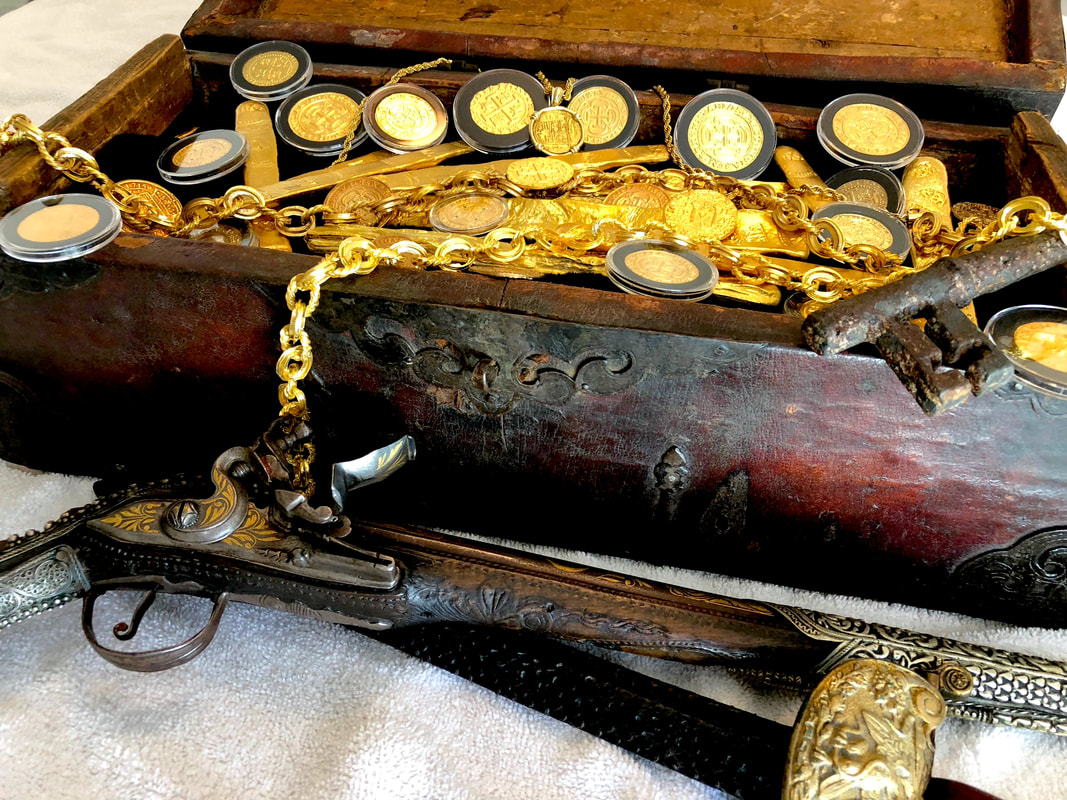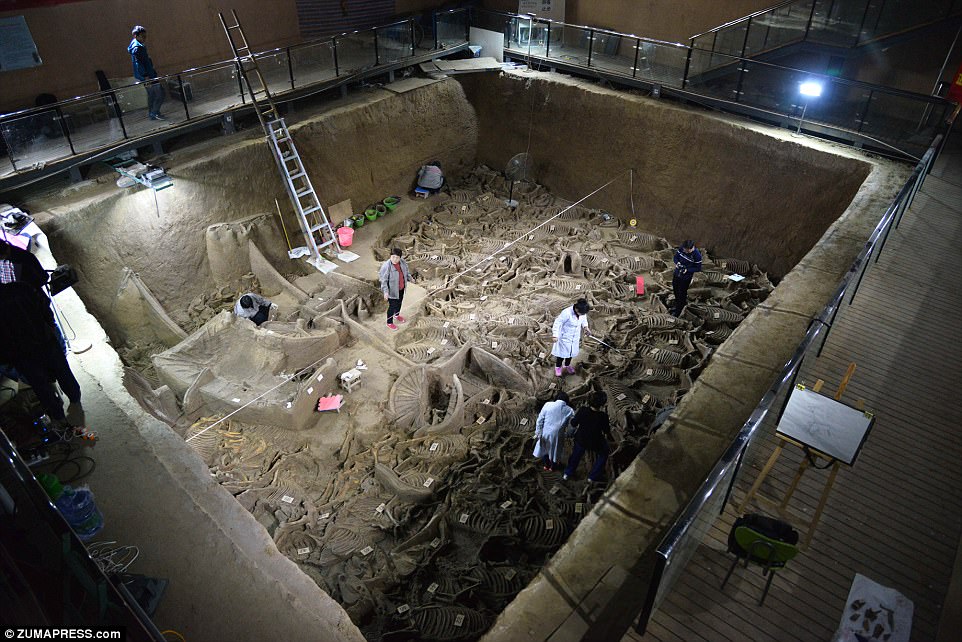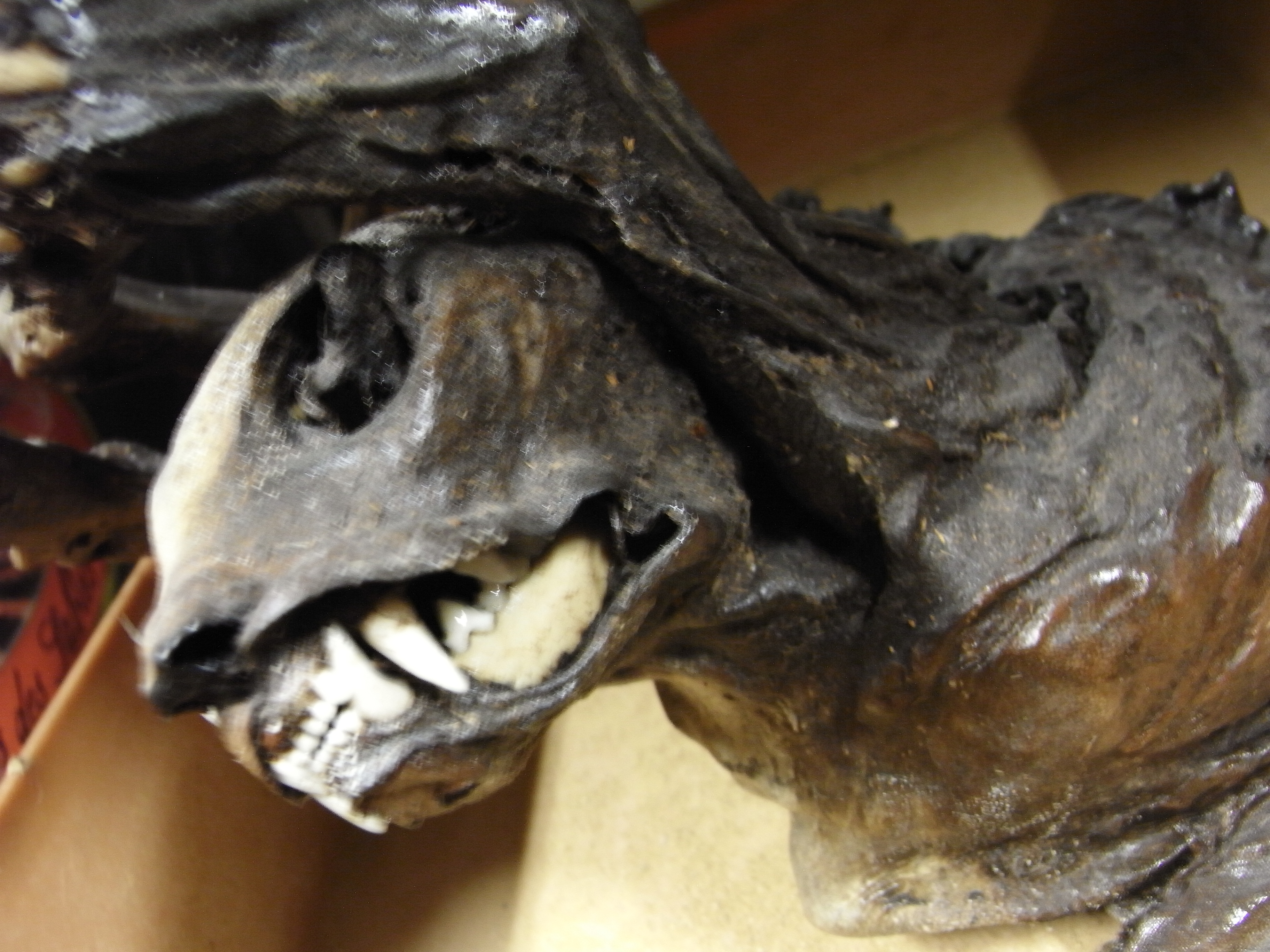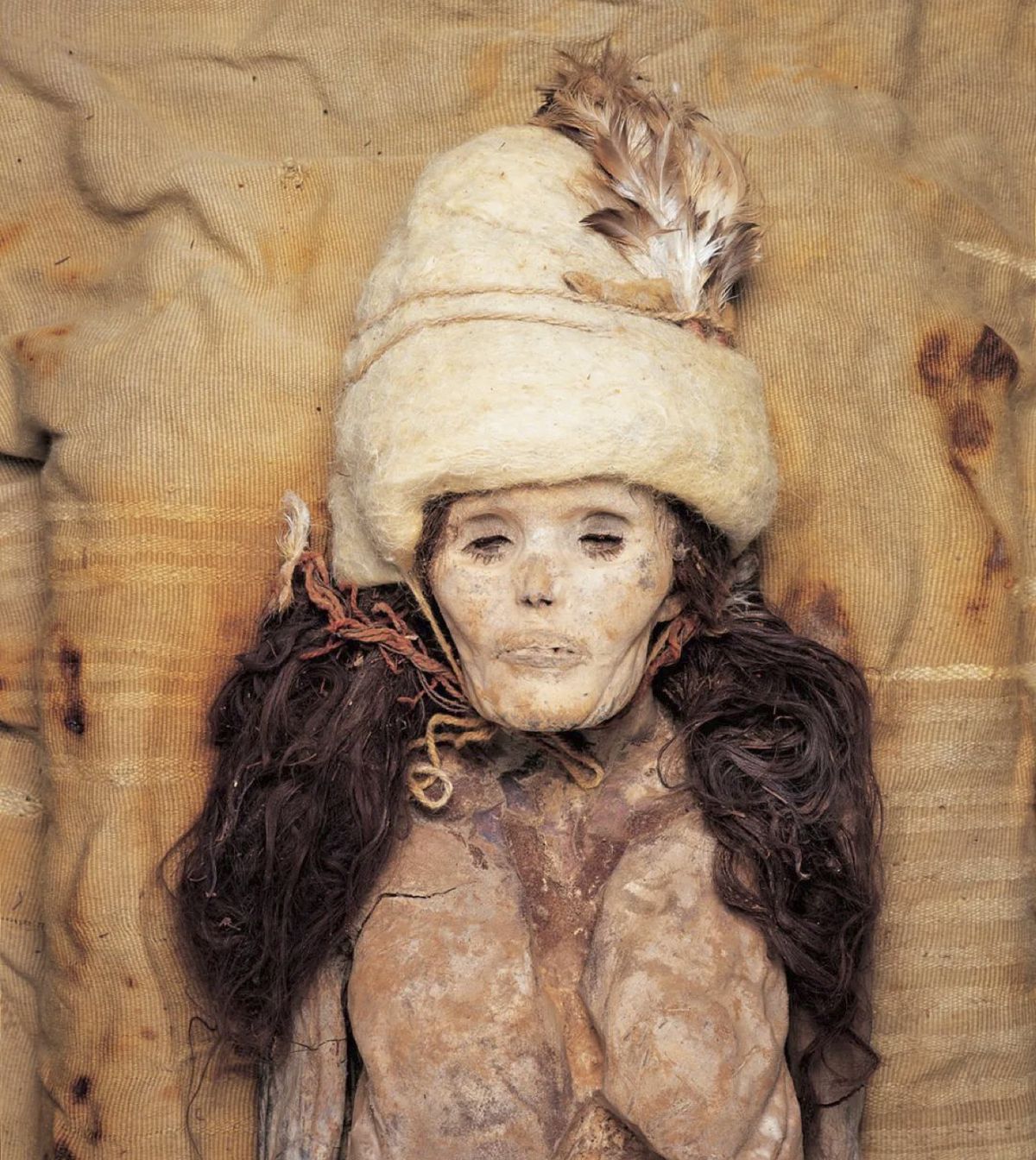Discovered in 1993, the Trier Gold Hoard is the largest Roman gold hoard ever found and has sparked great interest among archaeologists and historians alike. The hoard includes 2,500 gold coins that weigh 18.5 kg and date back almost 1,800 years. Rather than being a personal fortune, the hoard is believed to have been an official treasury carefully managed over time. The coins, which feature 27 different emperors, empresses, and imperial family members, are highly valued, with some still considered one-of-a-kind.
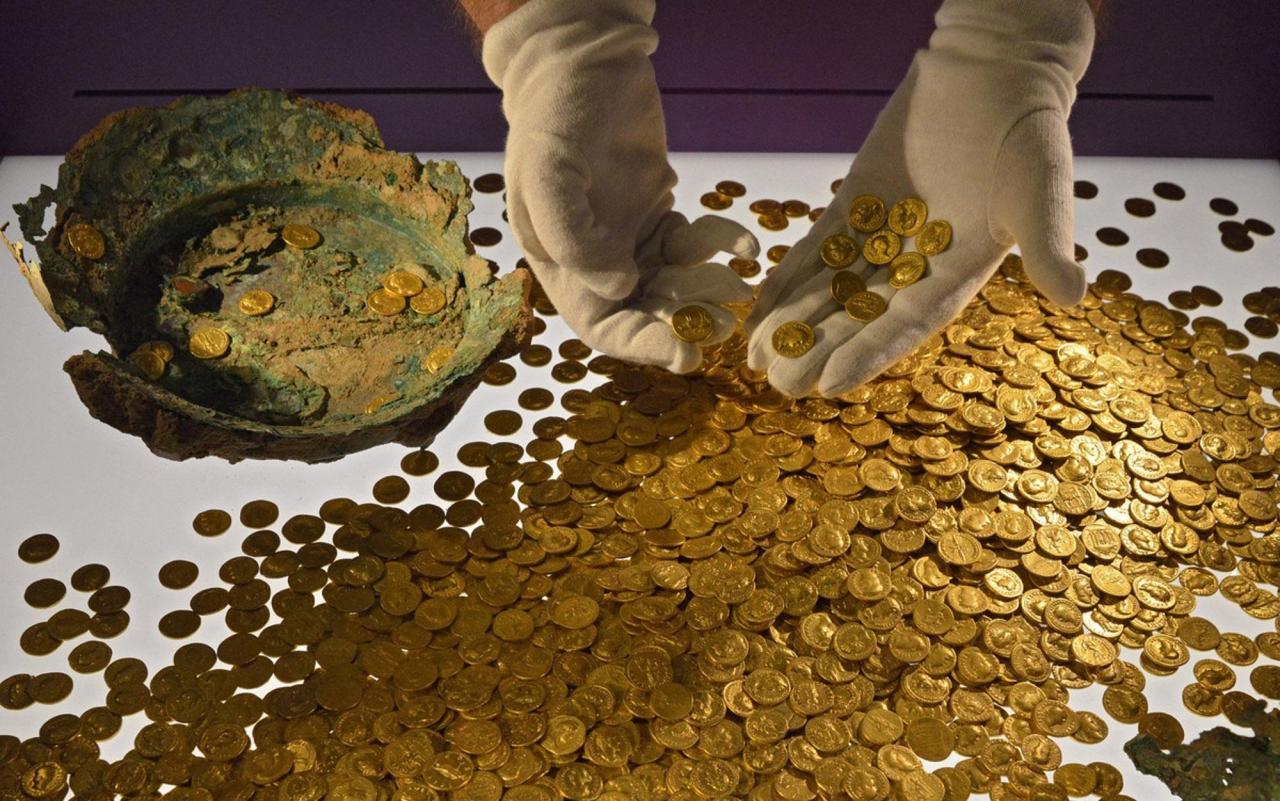
The gold coins were buried in a cellar during a civil war in 196 AD. Clodius Albinus led a revolt against Emperor Septimius Severus when he appointed his son Caracalla as his successor instead of Albinus. The former administrator of the hoard presumably took the knowledge of the secret stash with him to the grave. The discovery of the Trier Gold Hoard gave historians and archaeologists a glimpse of the turmoil and chaos of Roman politics and the intricate workings of the Roman treasury.
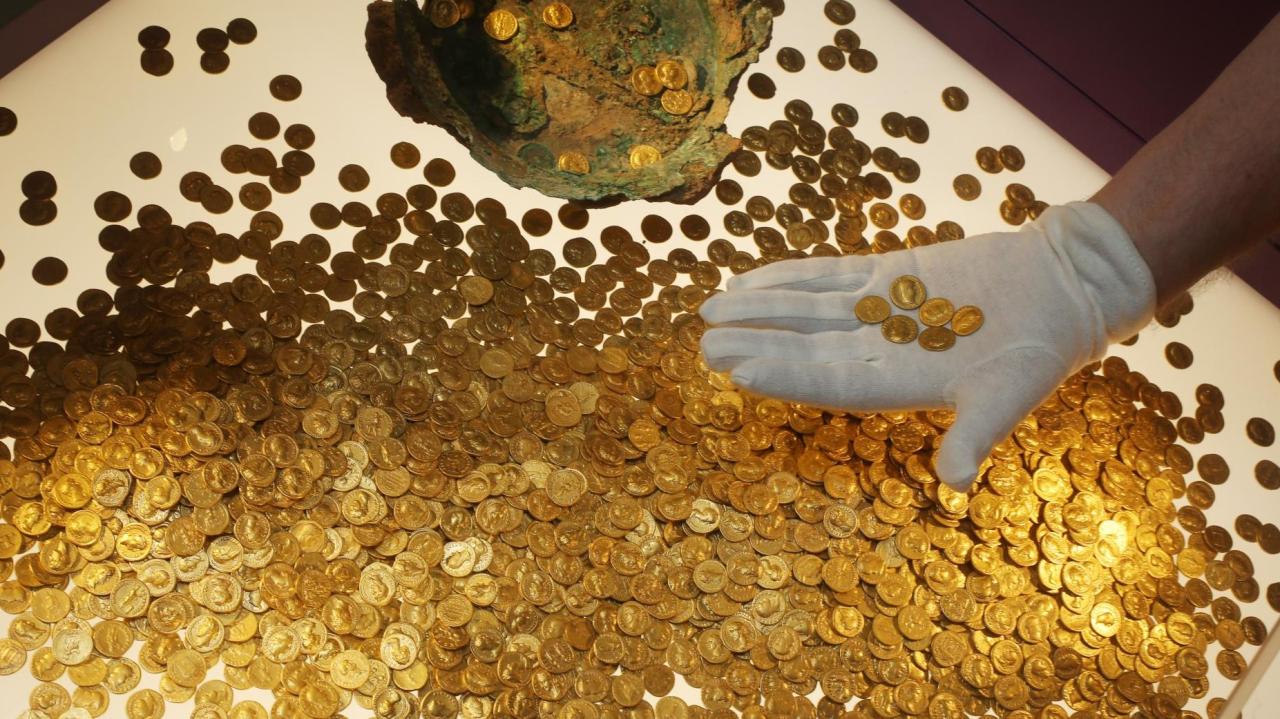
Today, the Trier Gold Hoard is exhibited in the coin collection at the Rheinisches Landesmuseum Trier. The state museum is among the largest archaeological museums in Germany and displays a total of 12,000 coins in its exhibition.
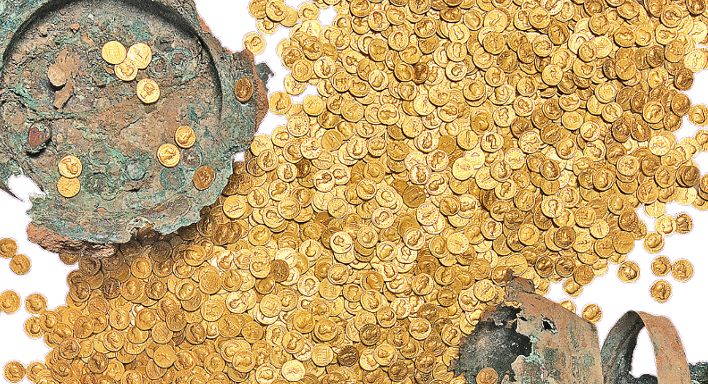
The Gold Hoard presentation room provides extensive information on the emergence of the monetary system and how ancient, medieval, and modern money has been produced. The exhibition is a testament to the importance of the Roman Empire and its impact on modern-day society.
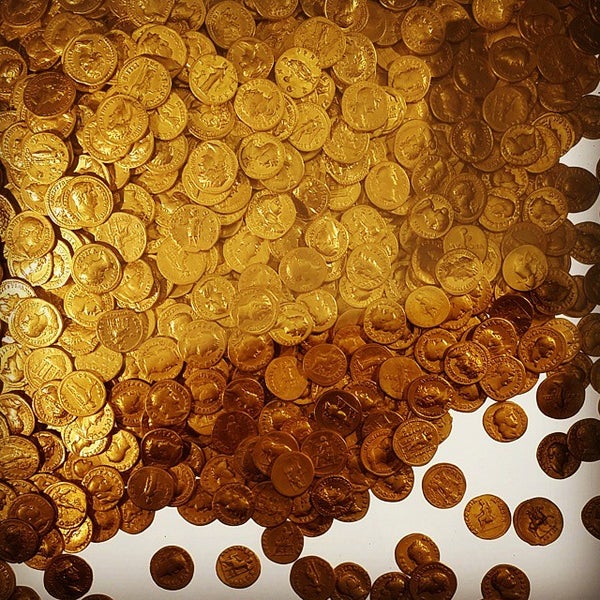
The Trier Gold Hoard is a valuable and unique historical artifact that provides valuable insight into the history and workings of the Roman Empire. The hoard is an excellent example of how emperors and the treasury functioned, and it provides valuable information about the monetary system of the time. The hoard’s discovery has helped historians and archaeologists piece together the complex nature of Roman politics and economics, and it continues to provide valuable information to this day.
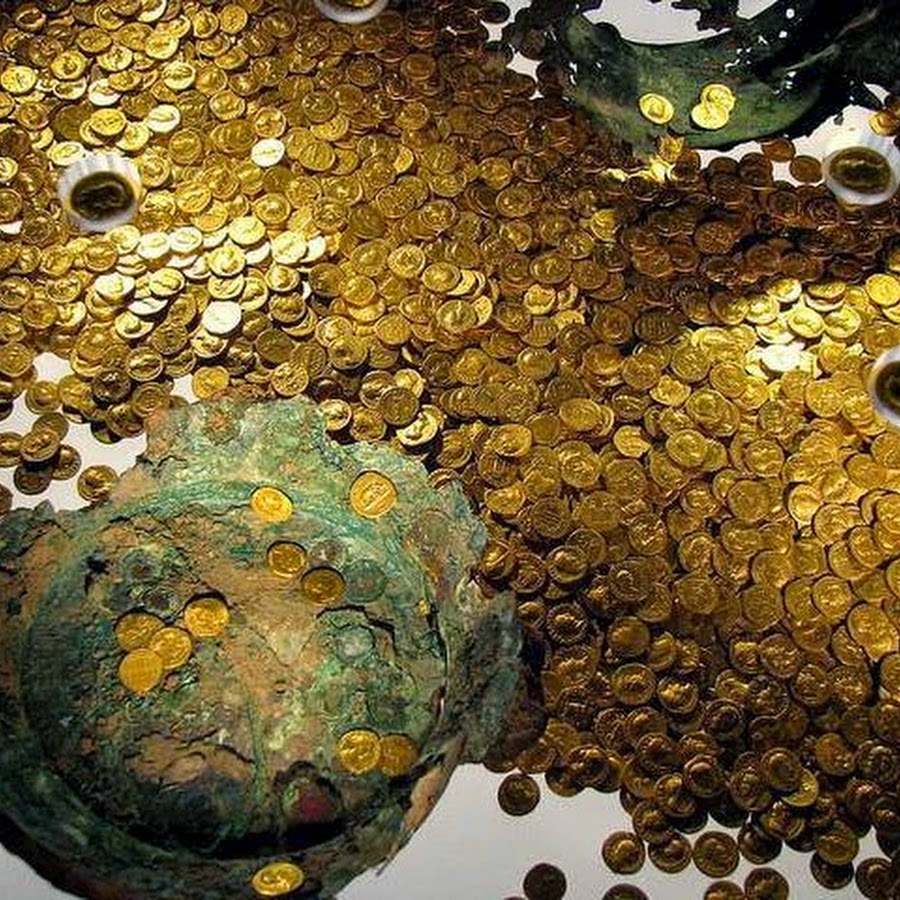
The Trier Gold Hoard is a symbol of the power, wealth, and complexity of the Roman Empire. The hoard’s discovery has captured the public’s imagination and has become a valuable resource for scholars and researchers. It is a testament to the importance of preserving historical artifacts and the value they bring to our understanding of history and our place in the world. The hoard continues to be an essential part of the rich cultural heritage of the Roman Empire and a valuable contribution to the history of humanity
